In 2015, Apple introduced its 12" MacBook, which was the first in the company's portfolio to provide users with a USB-C connector. The funny thing was that, apart from the 3,5mm headphone jack, it didn't contain anything else. It's the end of 2021 and iPhones, Apple's flagship product, still don't have USB-C. And this year he installed it in the iPad mini as well.
Except for computers, i.e. MacBooks, Mac mini, Mac Pro and 24" iMac, the iPad Pro 3rd generation, iPad Air 4th generation and now also the iPad mini 6th generation also contain a USB-C connector. Therefore, if we do not count the connector-less Apple Watch and Apple TV, which only has HDMI, Apple Lightning is left only in the basic range of iPads, in iPhones (i.e. iPod touch) and accessories, such as AirPods, keyboards, mice, and the controller for Apple TV.

Deploying USB-C in a range of iPads, not excluding the smaller one, is a logical step. Lightning came on the scene in 2012, when it replaced the outdated and literally huge 30-pin connector. Here it is a 9-pin connector (8 contacts plus a conductive sheath connected to the shield) that transmits a digital signal and electrical voltage. Its main advantage at the time was that it could be used bi-directionally, so it didn't matter how you connected it to the device, and that it was of course small in size. But after almost ten years, it is simply outdated and cannot handle what the technologies in 2021 deserve.
Even though USB-C was introduced at the end of 2013, it has seen a real expansion especially in recent years. It can also be inserted in both directions. Its basic data throughput was 10 Gb/s. Of course, this type of connector is also designed to power the device. USB Type C has the same connector on both sides consisting of 24 contacts, 12 on each side.
It could be interest you

It's all about speed and connectivity
For the iPad mini 6th generation, the company itself states that you can charge the iPad via its multifunctional USB-C, or connect accessories to it for music creation, business and other activities. The strength of the connector is precisely in its multifunctionality. E.g. for the iPad Pro, Apple says it already has a bandwidth of 40 GB/s for connecting monitors, disks and other devices. Lightning simply can't handle that. Of course, it also handles data transfer, but the speeds are somewhere else entirely. The comparison is better with the surviving microUSB, which practically freed up the field precisely with USB-C.
USB-C can still have the same physical dimensions, while its technology can be constantly improved. E.g. Lightning can power the iPhone 13 Pro Max at 20 W (unofficially 27 W), but USB-C can also power 100 W with the competition, it is expected that it is possible to reach up to 240 W. Although it can cause confusion among users, what kind of cable can actually do it, when it looks the same every time, but this should be treated with appropriate pictograms.
It could be interest you
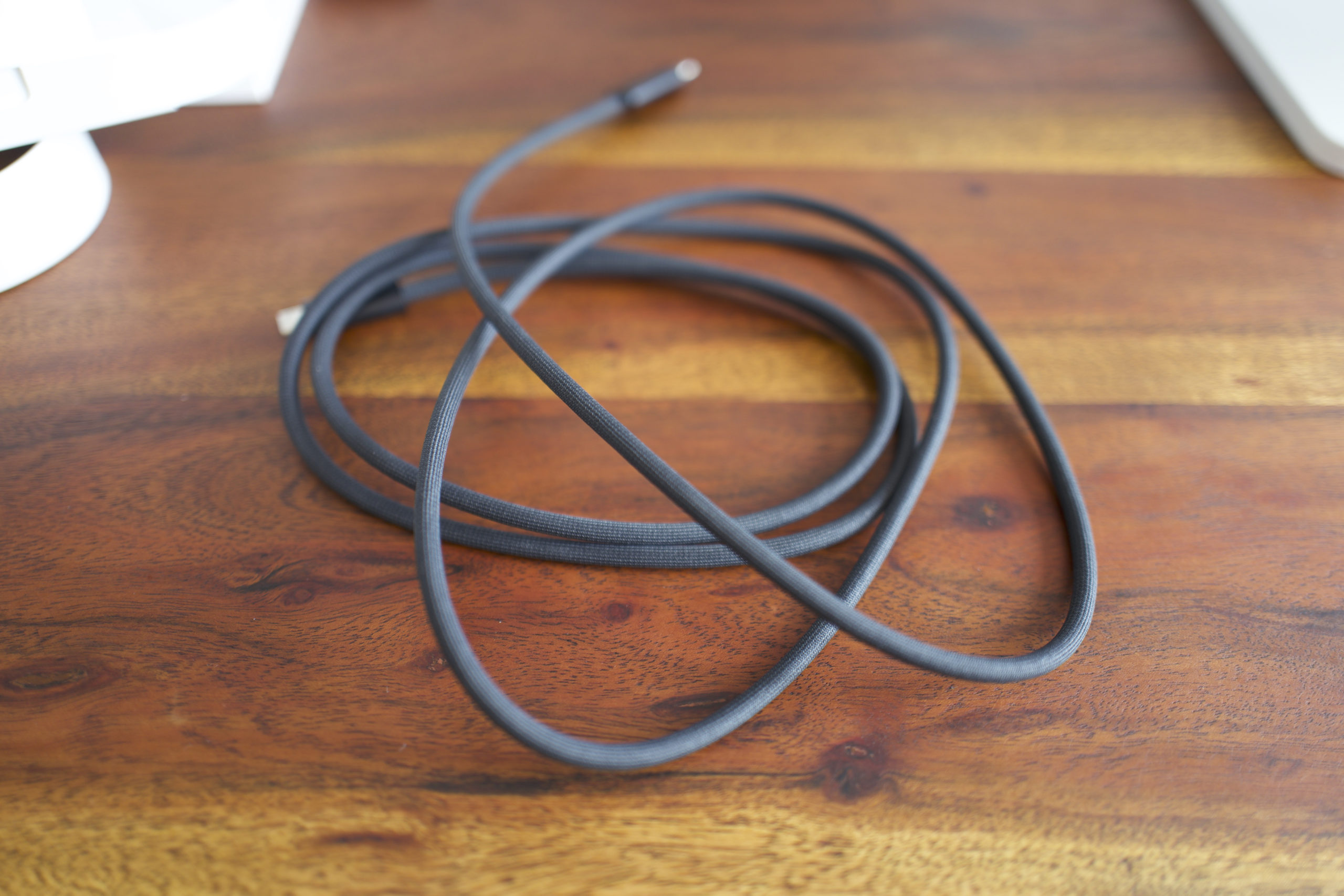
The European Commission will decide
Apple is keeping Lightning for clear profit reasons. It has the MFi program, from which companies must pay if they want to provide accessories for Apple devices. By adding USB-C instead of Lightning, it would lose a significant amount of money. So it doesn't bother him so much with iPads, but the iPhone is the device that the company sells the most. But Apple will have to react - sooner or later.

The European Commission is to blame for this, which is trying to change the legislation with regard to a standardized connector across electronic devices, so that you can charge phones and tablets of different brands with one cable, as well as any accessories, as well as game consoles, etc. It has been talked about for quite a long time and maybe soon we will know the final verdict, possibly fatal for Apple. It will have to use USB-C. Because Android devices and others won't use Lightning. Apple wouldn't let them.
For iPhones, the company may have a clear vision in conjunction with the MagSafe connector. Therefore, Lightning will be removed completely, USB-C will not be implemented, and the new generation will charge exclusively wirelessly. And the money will at least revolve around MagSafe accessories, even if you no longer connect the camera, microphone, wired headphones and other peripherals to the iPhone.
It could be interest you
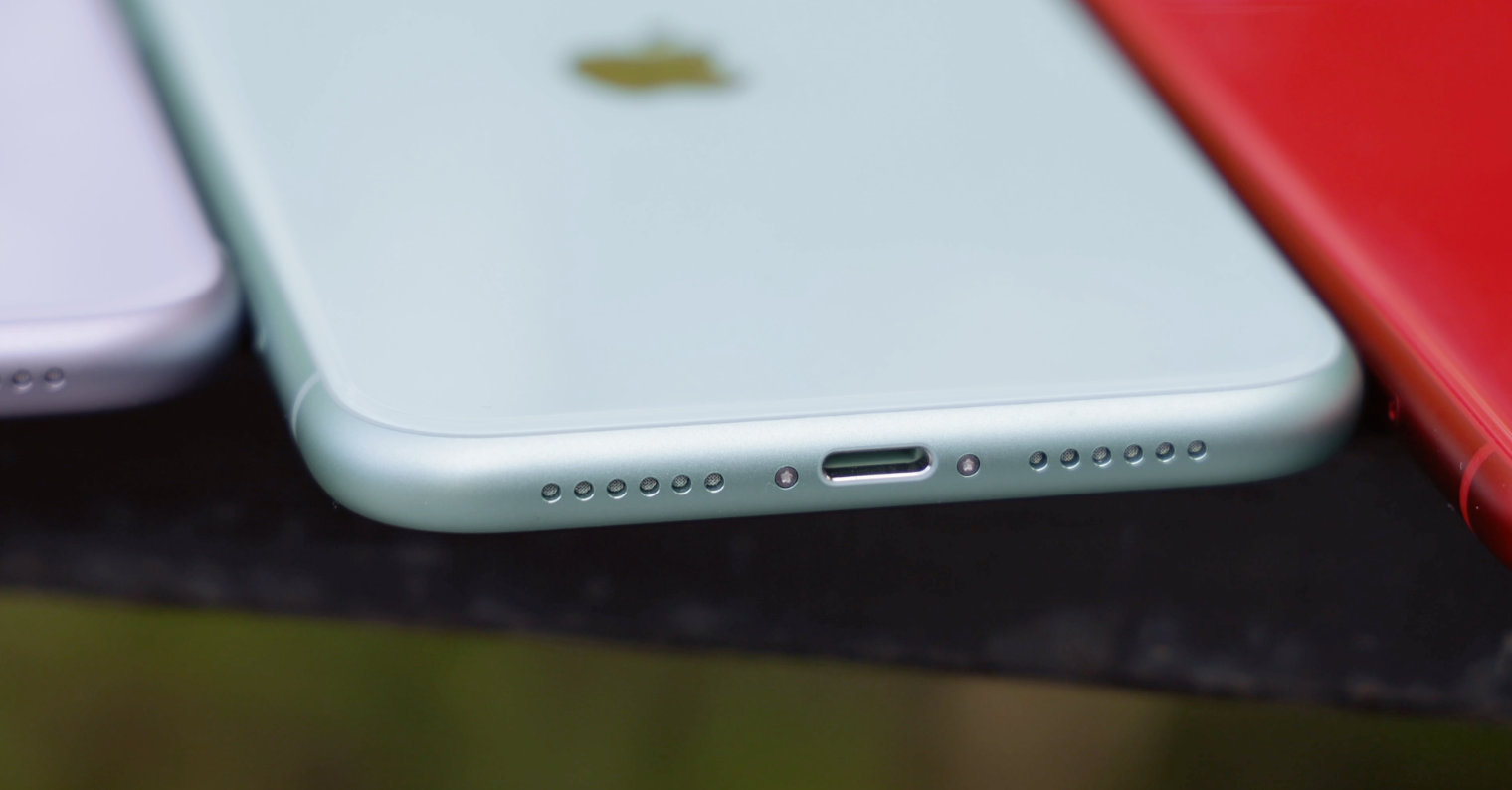
The customer should earn
I can also imagine this in the case of AirPods, whose box offers Lightning charging, but they can also be charged wirelessly (except for the first generation). But what about the Magic Keyboard, Magic Trackpad and Magic Mouse? Here, the implementation of wireless charging does not seem like a logical step. Probably, at least here, Apple will have to back down. On the other hand, it probably won't hurt him, because of course no accessories are offered for these devices. However, the removal of Lightning in future products would also mean the end of support for the first-generation Apple Pencil.
The answer to the question in the title of the article, that is why Apple should switch to USB-C in its entire portfolio, is quite obvious and consists of the following points:
- Lightning is slow
- It has poor performance
- It cannot connect multiple devices
- Apple already primarily uses it only in iPhones and the basic iPad
- One cable is enough for you to charge a complete portfolio of electronic devices
 Adam Kos
Adam Kos 
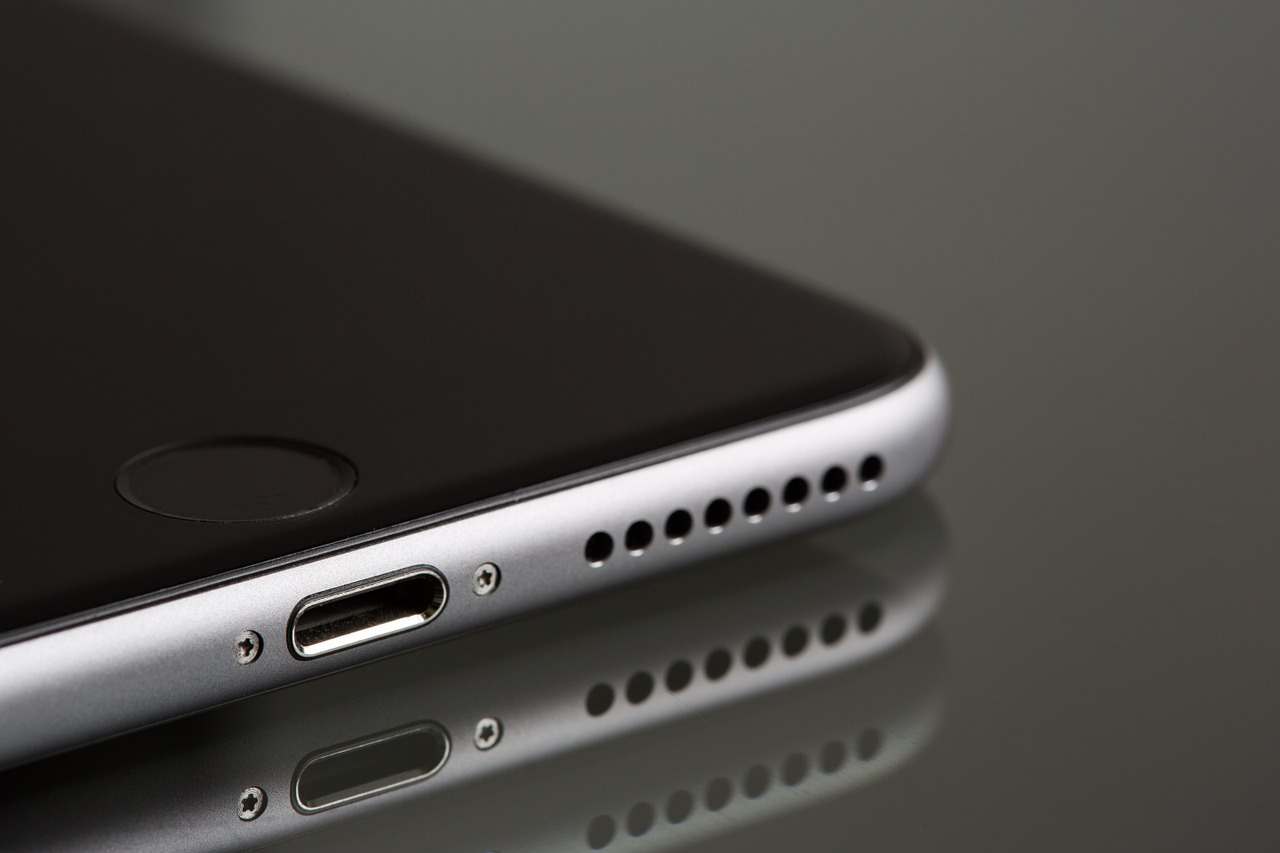

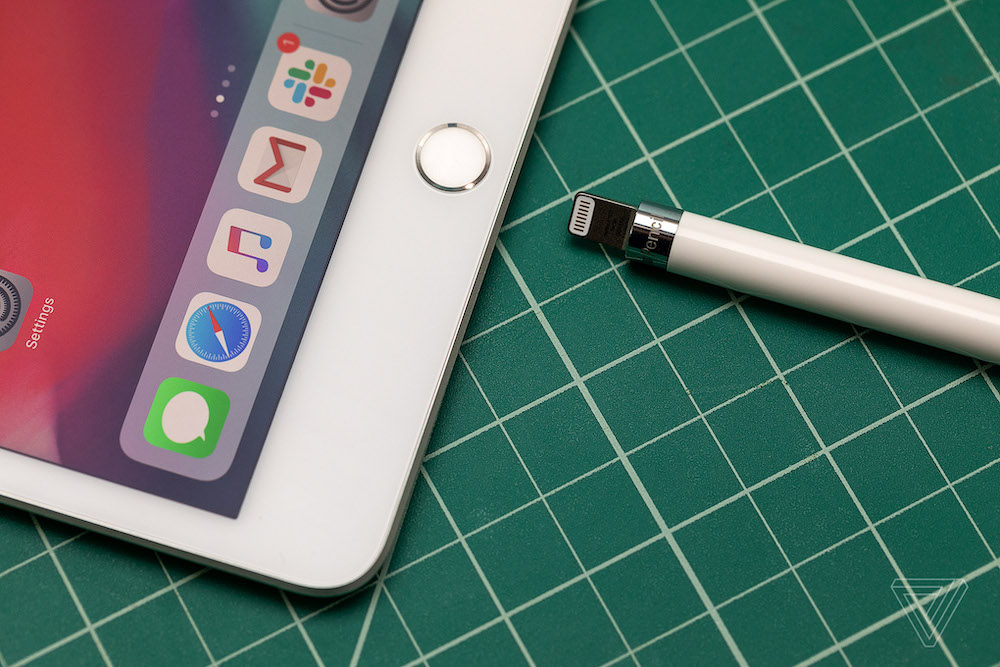

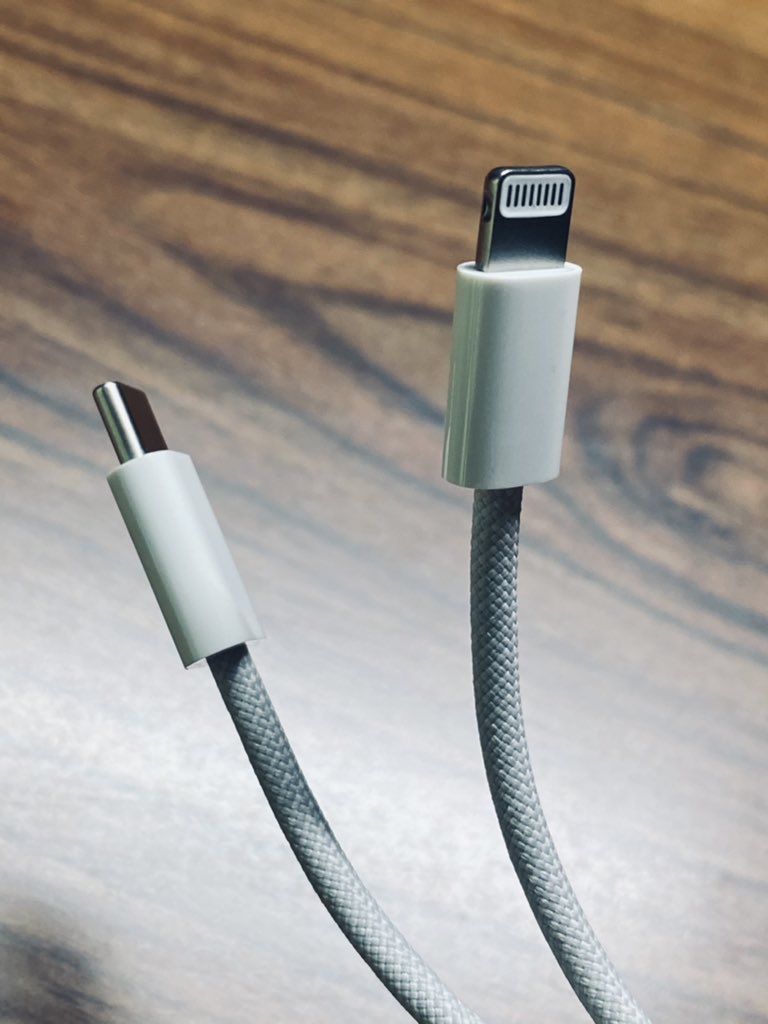
 Flying around the world with Apple
Flying around the world with Apple
The car has 4 wheels, which is very outdated. But it's still enough for me.
I only use lighting for charging. Everything else is wireless, so I don't know why to change.